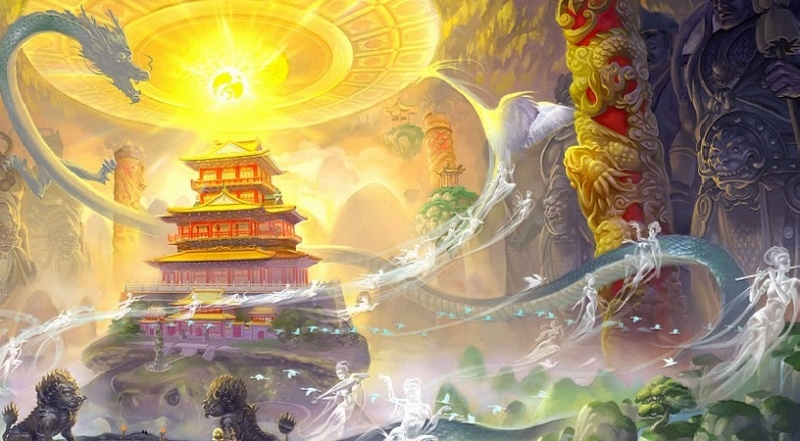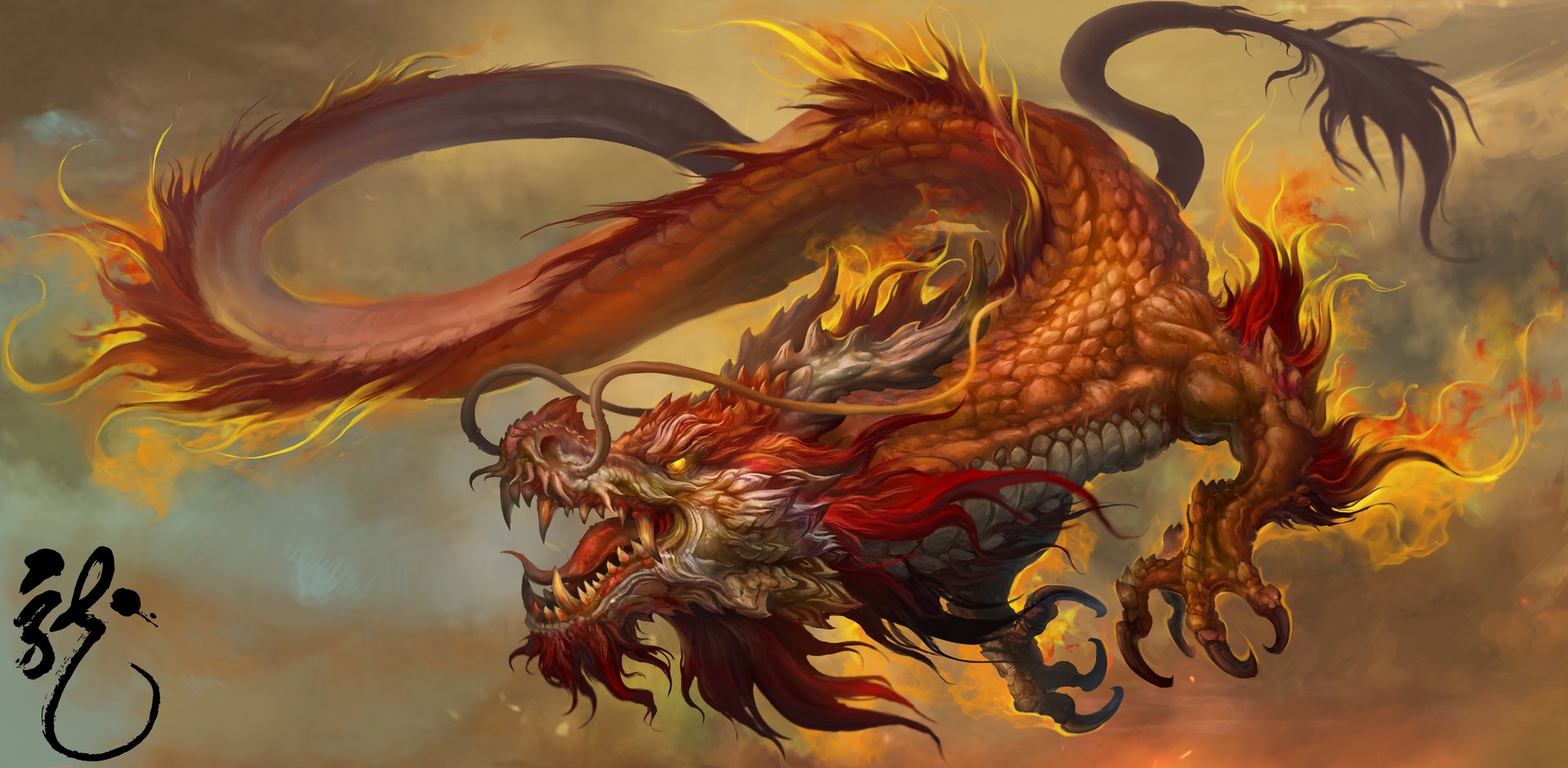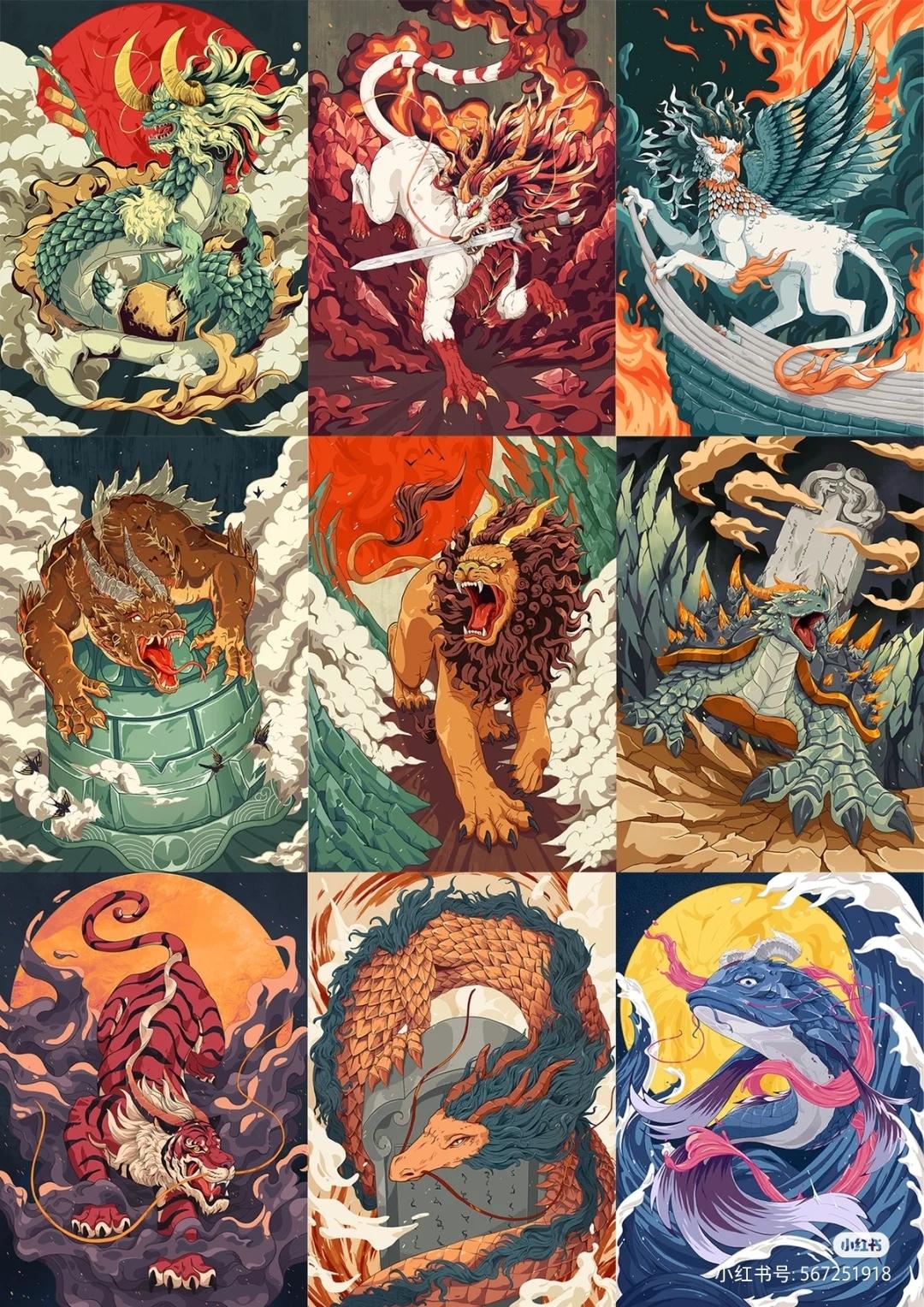Forget fire-breathing behemoths of the West. Today, we delve into the enchanting realm of an Eastern dragon, where serpentine grace dances with celestial power. These mystical creatures are far more than scaly reptilian brutes; they’re symbols of wisdom, prosperity, and the very essence of the universe.
We’ll unravel 10 captivating facts that will transform you from a passive observer to a true dragon aficionado. Buckle up, dear reader, and let’s embark on a journey through swirling clouds, ancient wisdom, and the secrets hidden within the scales of these legendary beings.
Ready to meet the dragons that dance with emperors and guide the constellations? Dive into the top 10 reasons why an Eastern dragon will forever captivate you!

#1: Appearance
Unlike Western dragons, an Eastern dragon have long, winding bodies. Their entire bodies are covered in fish scales. They have antlers on their heads and beards on their noses.
#2: Symbolism
Eastern dragons are more benevolent than Western dragons, seen as symbols of nobility, wisdom, good fortune, and prosperity
#3: Habitat
While Western dragons live in swamps, caves, and dark dungeons, Eastern dragons typically live in ponds, lakes, rivers, streams, and the ocean.
#4: Wings
Western dragons have large, leathery wings for flight. Eastern dragons don’t have physical wings but can fly magically, sometimes depicted with wispy clouds around them.
#5: Fire or something else?
An Eastern dragon can breathe fire, water, or clouds, and is often associated with the ability to control the weather. It may also be able to perform supernatural magic.
#6: Diet
In many cultures, Eastern dragons are often described as having eating habits similar to humans. They are omnivores, primarily eating fish, small animals, and even fruits and vegetables.
#7: Transformation
Some Eastern dragons can shapeshift into human form, adding another layer of mystique and connection to the human world. Western dragons, while possessing magical abilities, typically retain their reptilian form.
#8: Cultural Importance
Eastern dragons are deeply rooted in the mythology, art, and culture of East Asia, and often appear in festivals and celebrations.
In some places, people even build temples and shrines to dragons and worship them as deities. In Chinese folk, dragons will receive instructions from the Jade Emperor to bring rain to the mortal world.
#9: Five-clawed golden dragon
In the feudal system in East Asian countries, the number of dragon claws represents the status of the nobility in the East Asian feudal system. The highest is the “Five-clawed golden dragon”, which represents the emperor.

#10: Dragon robe
In China, the emperor calls his robe a Dragon Robe. Anyone who arbitrarily makes, stores, or wears a similar robe will be convicted of a serious challenge to the emperor’s authority. The person will be executed, even leading to the extinction of the entire family.
Conclusion
Hopefully, these 10 glimpses into the heart of Eastern dragons have ignited a spark of fascination within you.
These are not mere fire-breathing monsters, but celestial beings, symbols of wisdom, and companions to emperors. They teach us to embrace duality, to appreciate the power of water alongside the heat of fire, and to see the divine spark within every living thing.
So, the next time you see a flash of gold amid the clouds, or encounter a glistening scale in an ancient tale, remember the stories we’ve woven today. Remember the wisdom, the power, and the enchanting beauty of these celestial serpents.
This journey may be ending, but the dragon’s legend lives on. In every ripple of a flowing river, in every flash of lightning, in every spark of curiosity and courage, the spirit of the Eastern dragon dances. Perhaps, if we listen closely, we can hear their whispers on the wind, urging us to embrace the magic that dwells within us all.
Until we meet again, dear dragons, may your tales continue to soar through the ages, captivating hearts and inspiring dreams.


